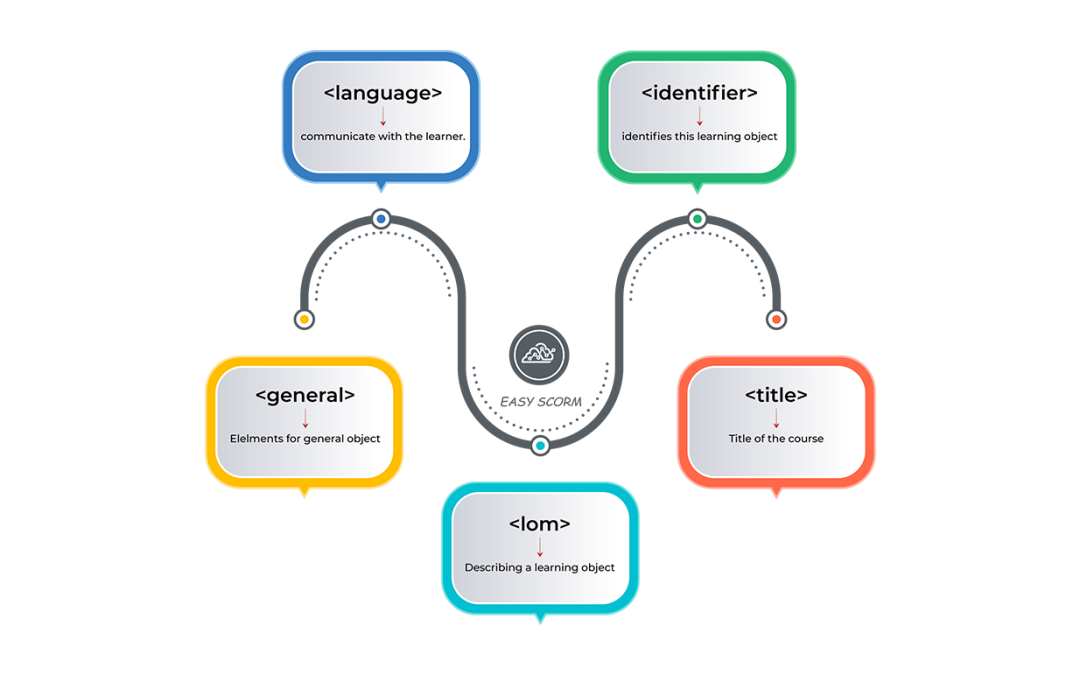Metadata plays a crucial role in e-learning content, providing important information about the content itself. In the context of SCORM (Sharable Content Object Reference Model), metadata refers to the descriptive information that is associated with e-learning content packages. In this article, we’ll explore the concept of SCORM metadata and how you can effectively use metadata in your e-learning content.
Understanding SCORM Metadata
SCORM metadata is a set of descriptive information that helps identify and categorize e-learning content. It provides valuable details about the content’s title, description, author, keywords, and other relevant information. Metadata serves several important purposes, including:
- Helping learners and instructors locate and search for specific e-learning resources.
- Providing information about the content’s purpose, target audience, and learning objectives.
- Enabling better organization and management of e-learning content in a Learning Management System (LMS).
Types of SCORM Metadata
SCORM specifies a set of metadata elements that can be used to describe e-learning content. Some of the commonly used metadata elements include:
- Title: The title of the e-learning content, which should clearly convey the subject or topic of the content.
- Description: A brief summary or overview of the content, providing a high-level understanding of its purpose and scope.
- Keywords: Relevant keywords or tags that represent the content’s main concepts or themes, aiding in search and discovery.
- Language: The language used in the content, allowing learners to filter and access content in their preferred language.
- Version: The version number or identifier of the content, helpful for tracking updates and revisions.
- Author: The name of the content’s creator or author, providing attribution and recognition for their work.
- Copyright: Information about the content’s copyright status and usage permissions.
- Technical Requirements: Any specific hardware, software, or technical requirements needed to access and use the content.
Using Metadata in Your E-Learning Content
To effectively use metadata in your e-learning content, consider the following practices:
- Accurate and Relevant Information: Ensure that the metadata accurately represents the content and is relevant to learners. Use clear and concise descriptions, appropriate keywords, and other metadata elements that aid in content discovery and understanding.
- Consistency and Standardization: Adhere to established standards and conventions when filling out metadata fields. Use consistent formats, follow naming conventions, and use appropriate values for each metadata element.
- Accessibility and Localization: Consider the needs of diverse learners by providing metadata in multiple languages, when applicable. This allows learners to discover and access content in their preferred language, enhancing their learning experience.
- Regular Review and Updates: Keep metadata up-to-date, especially when content undergoes revisions or updates. Review and modify metadata elements as needed to ensure they accurately reflect the content’s current state.
Technical Aspects of SCORM Metadata
From a technical perspective, SCORM metadata is typically defined using XML (eXtensible Markup Language) or other structured formats. The metadata is included in the content package’s manifest file, following a specific schema specified by SCORM.
SCORM metadata adheres to the IEEE Learning Object Metadata (LOM) standard, which provides a comprehensive set of metadata elements and guidelines for e-learning content. By conforming to this standard, your content can be easily integrated into different LMS platforms that support SCORM.
The Takeaway
SCORM metadata is a crucial component of e-learning content, providing valuable information about the content’s characteristics, purpose, and organization. By effectively using metadata, you can enhance content discoverability, facilitate better content management, and improve the overall learning experience for your audience. Remember to accurately describe your content, use consistent and standardized metadata, and regularly review and update metadata to ensure its relevance. Following these practices will help you maximize the benefits of metadata in your e-learning content.


Recent Comments